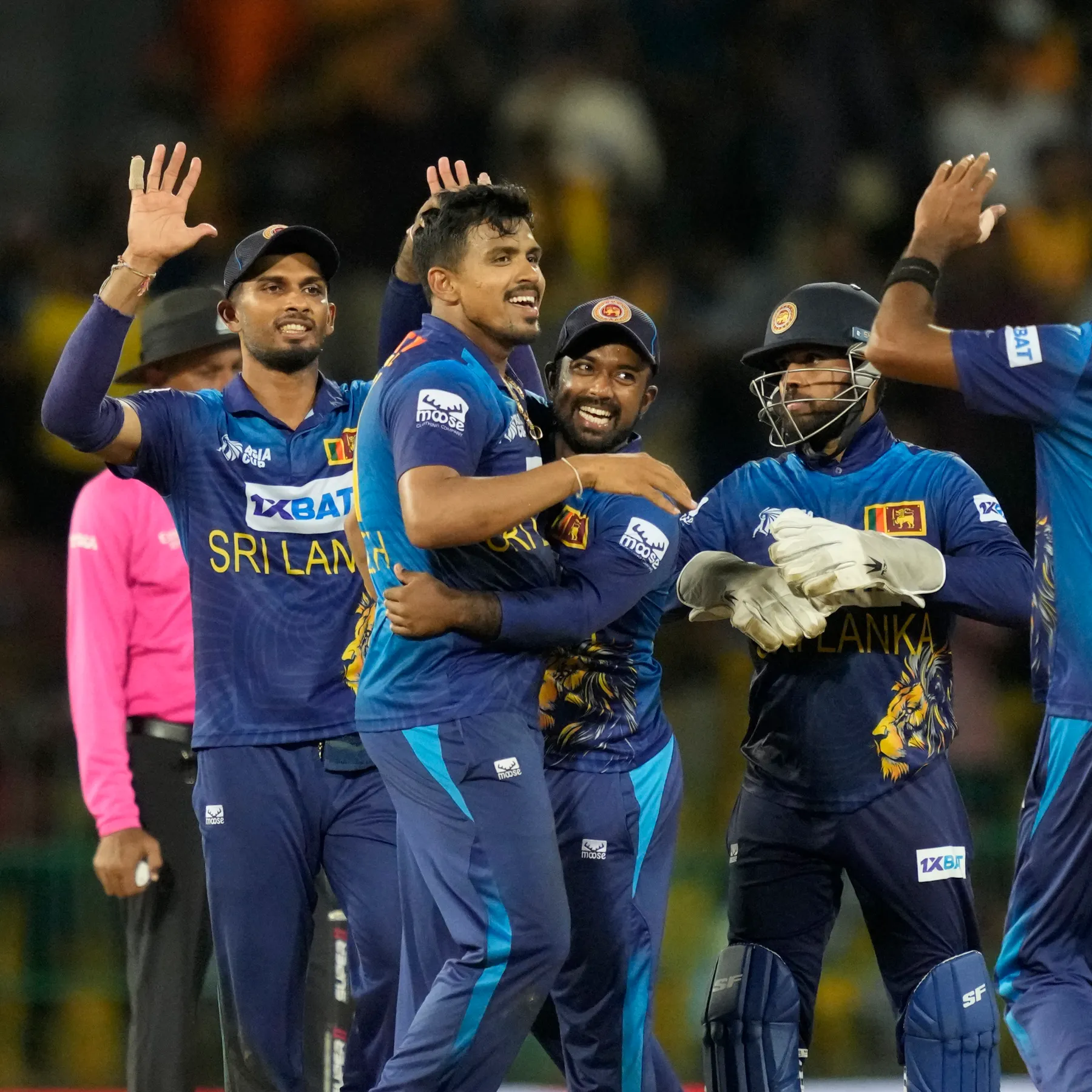In a heartwarming turn of events, Sri Lanka, a nation that has been grappling with its worst economic crisis since gaining independence in 1948, has found solace and opportunity in the sport of cricket. SMS Senaratne, a sports merchandise seller who had struggled to provide three meals for his family, now stands as a testament to the resilience and resourcefulness of the Sri Lankan people.
The economic turmoil that gripped the nation for the past two years, exacerbated by the COVID-19 pandemic, led to a depletion of savings and assets for many families like Senaratne’s. Businesses suffered, and the demand for sports merchandise, which relies heavily on orders from sports goods stores, dwindled. Senaratne’s story mirrors that of countless small entrepreneurs across the island nation.
Fuel and food shortages, along with soaring inflation, painted a grim picture for the country. The dire economic situation soon spilled into the political arena, resulting in unprecedented protests that forced then-President Gotabaya Rajapaksa to flee the country and ultimately resign. The nation’s leading industry, tourism, bore the brunt of the crisis, leading to the collapse of numerous small businesses.
However, a glimmer of hope emerged earlier this year when Sri Lanka received the first tranche of a bailout package from the International Monetary Fund (IMF). Slowly but surely, the nation began to regain its economic footing.
Cricket, often considered a unifying force in Sri Lanka, played a crucial role in this recovery. The Asia Cup tournament, originally slated to be held in Pakistan, found itself partially relocated to Sri Lanka due to political tensions that deterred India from crossing the border. Sri Lanka stepped up to host seven of the tournament’s 11 matches, including high-stakes encounters like India vs. Pakistan and the final.
Senaratne, seizing this golden opportunity, went into action. Manufacturing hundreds of replica team shirts and caps, he embarked on a journey from his hometown of Gampaha to the cricket stadiums, determined to make the most of this cricketing spectacle.
At the first India-Pakistan match in Kandy, the enthusiasm of the fans translated into a remarkable sell-out of all his merchandise. With careful financial planning, Senaratne managed to turn a profit, enabling him to replenish his stock for the subsequent matches. His eyes gleamed with hope as he spoke about the prospect of returning home with enough cash to secure a better future for his three school-aged boys.
W. Nishantha, a tuk-tuk taxi driver from Colombo, shares a similar tale of economic struggle. While his family has lived hand-to-mouth for years, he now sees a glimmer of hope on the horizon. Tourism, though still in recovery mode, has witnessed an uptick in activity due to the influx of cricket fans into Colombo.
Hotel staff, echoing Nishantha’s observations, report full occupancy as fans throng the city for the India-Pakistan showdown. With India making it to the final, bookings for the Sunday night have surged, adding to the optimism.
The final, fittingly, features India against the host nation, Sri Lanka. The roaring support from near-capacity crowds has injected fervor into the local population. It’s a welcome respite after two arduous years marked by uncertainty about the next meal.
Cricket’s influence extends beyond economic revival; it’s also preserving the dreams of the nation’s youth. Senaratne’s two younger sons attend a private school on a fully funded scholarship, owing to their prowess on the cricket field. Cricket has not only kept them in school but has become a lifeline for their family.
In a time when Sri Lanka found itself at a crossroads, cricket emerged as a beacon of hope, offering economic respite and a renewed sense of purpose. As the nation cheers on its team in the Asia Cup final, it does so with the knowledge that, in their darkest hour, cricket brought them light. It’s a story of resilience, recovery, and the enduring power of sport to uplift a nation.


